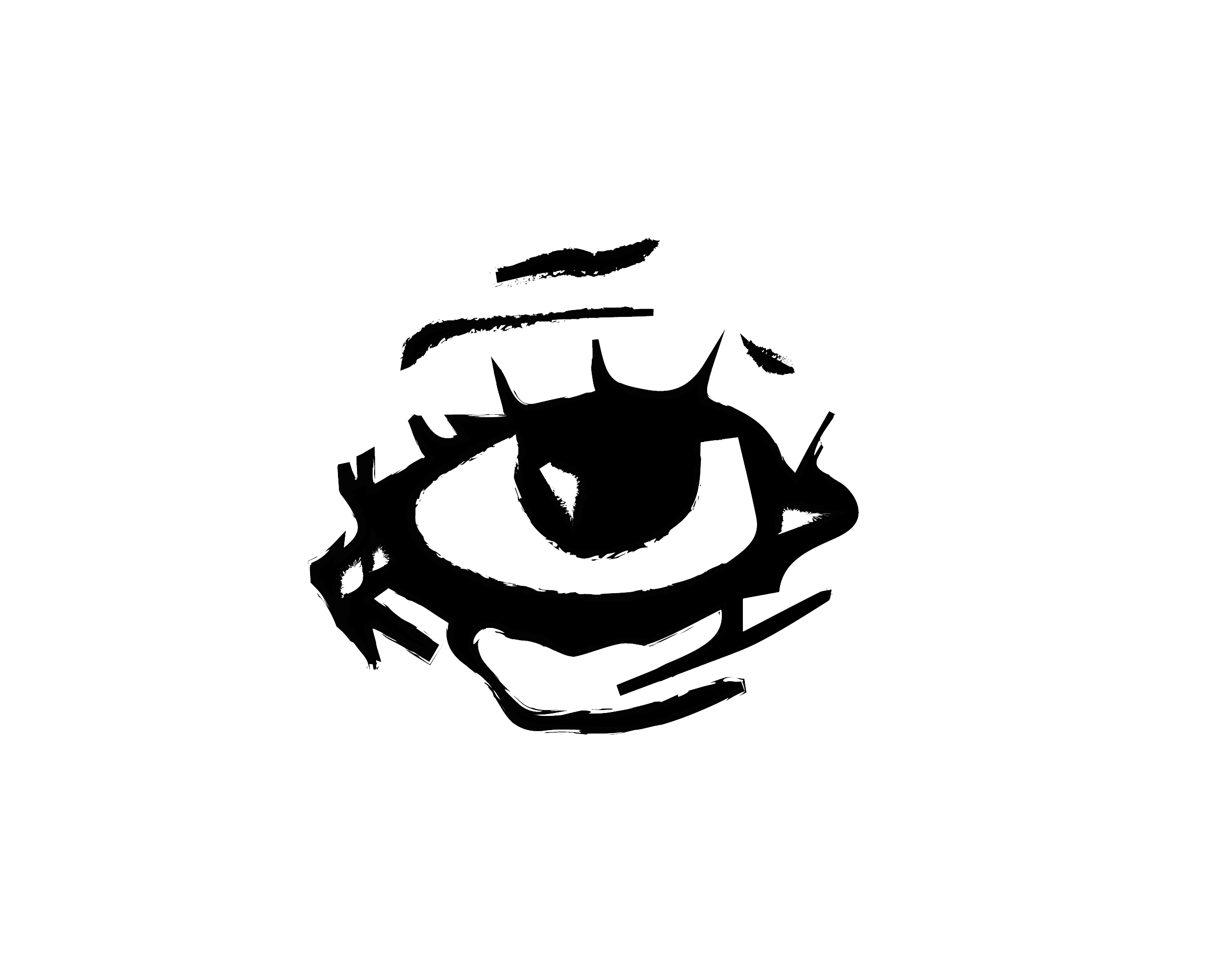Navigating the Sky
Animation
The 4 min room-sized animation was commissioned for the traveling exhibition Atmospheres: Art, Science, and Space Research, within the Austrian state exhibition Diversity of Life: Showing Styria 2023; on view from March 23 – April 4 at the Mobile Pavillion at the Heldenplatz, Vienna, and from April 29 – May 11 at the Tierwelt Herberstein in Austria.
Concept and Artistic Direction: Azra Akšamija and Dietmar Offenhuber
Research and project development assistance: Merve Akdoğan, Jehanzeb Shoaib
AI animation: Merve Akdoğan (using Stable Diffusion and Deforum)
Data visualization and sonification: Dietmar Offenhuber
Voices: Nainoa Thompson, Polynesian Voyaging Society
Data from SIMBAD Astronomical Database, Centre de Données astronomiques de Strasbourg
Thanks to: Hōkūleʻa Polynesian Voyaging Society; Thomas Boch, Université de Strasbourg, Prof. Alyssa Goodman, Peter Williams, Alberto Pepe – Harvard University
Commissioned by the Johanneum Museum for the Austrian state exhibition Diversity of Life: Showing Styria 2023
Co-authored with Dietmar Offenhuber
Co-authored with Dietmar Offenhuber
Navigating the Sky explores the relationship between sensory and scientific concepts of the celestial environment within the exhibition Diversity of Life, which features contributions from art, climate, and space research. The exhibition considers the Earth’s atmosphere, which has already been changed by mankind, with the entirely different atmospheres found on exoplanets. Since the first discovery of an exoplanet in 1995, an unimagined diversity of atmospheres has been found on other planets, along with unimaginably different weather phenomena and landscapes. At the same time, this experience of “alien skies” is one that will probably take place on Earth as well, as climate change continues. International artists and scientists have worked closely together to create this exhibition. The fascinating diversity of extraterrestrial skies shows the unique and fragile balance of life and atmosphere on our planet.
Within this larger framework, artists Azra Akšamija and Dietmar Offenhuber explore how ideas and knowledge shape and order what we find in the sky. Their animation combines two different knowledge systems for exploring the sky – and thus two ways of seeing the world, or two ways in which knowledge is created and passed on.
The first part, Manu-o-Kū, is based on the narration by Polynesian non-instrumental navigator Nainoa Thompson who describes how stars, clouds, waves, and living beings form an interconnected system of orientation that can be read, felt, heard, and smelled. This celestial knowledge is not a product of the human mind alone but shared with animals such as the seabird Manu-o-Kū, which indicates the proximity of land. Thompson’s Hawaiian voyaging canoe played a central role in the revival of traditional Polynesian non-instrumental navigation techniques in the 1970s. The close entanglement of celestial knowledge and cultural ideas is also reflected in the visuals generated by an artificial neural network that has been trained on millions of images representing contemporary visual culture.
The second part, SIMBAD, traces how scientific knowledge is shaped by instruments and human culture. SIMBAD, alluding to another mythical seafarer, is the name of an astronomical database maintained by the Université de Strasbourg. It maps every celestial object described in scientific literature to its corresponding place in the sky. Looking at the composite image of all astronomical references, one is struck by distinct geometrical patterns – rectangles, circles, and other complex shapes appear in the map of all known stars and galaxies, revealing the imprints of instruments, publication formats, and changing cultural interests. Sounds and visuals are generated from 28 million bibliographic references extracted from the database.
